The nuclear baton of the US Navy (part 9)
As of the end of 2010, the US military had more than 5100 nuclear warheads deployed on carriers and in storage (this list does not include several hundred charges removed from service and awaiting reprocessing). In 2011, 450 was armed with land-based intercontinental ballistic missiles, 14 nuclear submarines with 240 ballistic missiles, and about 200 strategic bombers. As part of the implementation of the START-3 Treaty, the number of bombers will be reduced to 60, and the total number of nuclear warheads will be reduced by more than 3 times. According to official information published by the US State Department, as of 1 in October 2016, the strategic nuclear forces of the United States were 1367 nuclear warheads on 681 deployed strategic carriers, there are 848 deployed and undeveloped carriers. Approximately another 2500 warheads to be disposed of are stored in warehouses. According to the most recent data released by 5 February 2018, the US strategic nuclear forces have 1350 deployed strategic warheads. The reduction of charges occurred mainly due to the write-off of strategic bombers B-52H, which, according to the START-3 Treaty, are considered carriers of a single nuclear charge, a decrease in the number of deployed mine-launched ICBMs, and a reduction in the number of warheads mounted on the Trident-2 missiles .
As you know, up to a certain point, the main functions of "nuclear deterrence" were carried by the Strategic aviation command, and most of the nuclear weapons were deployed on strategic bombers and intercontinental ballistic missiles of mine-based. In the late 70s in the United States, the number of warheads deployed on ballistic missile submarines equaled the carriers of the Strategic Aviation Command. Already in the early 80s, the basis of the American strategic nuclear forces became SSBNs equipped with individual-guided thermonuclear warheads. After the adoption of the Trident-1990 SLBM with intercontinental launch range in 2, Ohio-class submarines were able to conduct combat patrols in US territorial waters, which greatly increased their invulnerability. This circumstance contributed to the fact that in the 21st century the bias towards marine strategic carriers became even greater and nowadays it is ballistic missiles deployed on SSBNs that form the basis of the US strategic nuclear potential. High efficiency, invulnerability to a surprise attack and the relatively low cost of maintaining SSBNs armed with Trident-2 SLBMs have led naval strategic forces to take a leading position in the US nuclear triad.
According to information published on the website of the US Department of State, the 60 strategic bombers (18 B-2A and 42 B-52H) are part of the SNL - carriers of the free-falling B-61 bombs, 33 B-52H and all existing B-1B after the list, and all 129 B-86H and all existing B-416B after the list, all 38 B-30H and all existing B-21H after the list, The airborne AGM-87A and AGM-450B received "non-nuclear" status. The same source indicates 320 deployed and 133 undeveloped mine ICBMs LGM-209G Minuteman III with single-block Mk.4 combat units equipped with WXNUMX thermonuclear warheads with XNUMX CT. The US Navy has XNUMX UGM-XNUMXA Trident II missiles. XNUMX missiles are constantly deployed, each of which, according to American data, carries XNUMX warheads.
All in all, the “Trident 2” is designed around 900 combat units Mk.5A with W88 and Mk.4А warheads with W76-1 warheads. A number of sources state that within the framework of the START-3 agreement in 2017, the number of mines with loaded SLBMs is limited to 20 units in the American SSBNs. Thus, the missiles in the mines of the boat of the Ohio type have at least 80 thermonuclear warheads.
USS Ohio (SSGN-726) during the overhaul and conversion into the carrier of cruise missiles
The US Navy currently operates Ohio-type 18 boats. According to the Nuclear Forces Development Program prepared by the Bill Clinton administrations in 1994, of the first eight submarine missile carriers originally armed with Trident 1, four were converted into carriers of UGM-109 Tomahawk cruise missiles, and the rest re-armed the Trident XNUM cruise missiles. The cost of converting one submarine to the SSGN was about $ 2 million. The re-equipment of the first four SSBNs from the Trident - 800 to nuclear-powered submarines with cruise missiles (SSGNs) occurred in the period from 1 to 2002 a year. Each American SSGN can carry up to 2008 cruise missiles.
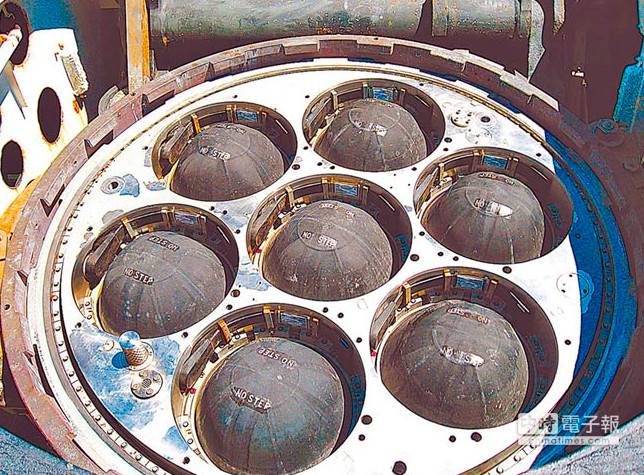
Mine launcher with cruise missiles "Tomahawk" on board the SSGN type "Ohio"
In each converted mine is 7 KR "Tomahawk". From 24, the 22 rocket mines were converted to cruise missiles. The two mines closest to the wheelhouse are converted into airlock chambers to ensure the exit of the combat swimmers from the submerged boat. ASDS mini-submarines (Eng. Advanced SEAL Delivery System) or DDS extended docks (Eng. Dry Deck Shelter - Dry Deck Shelter) dock to the lock chambers.
These external tools can be installed both together and separately, but with a total of no more than two. In addition, each installed ASDS blocks three rocket mines, and DDS - two. In total, on board a submarine on a long hike, they are capable of being up to 66 combat swimmers or marines with light weapons. In the case of a short stay on a boat, this number can be brought to an 102 person.
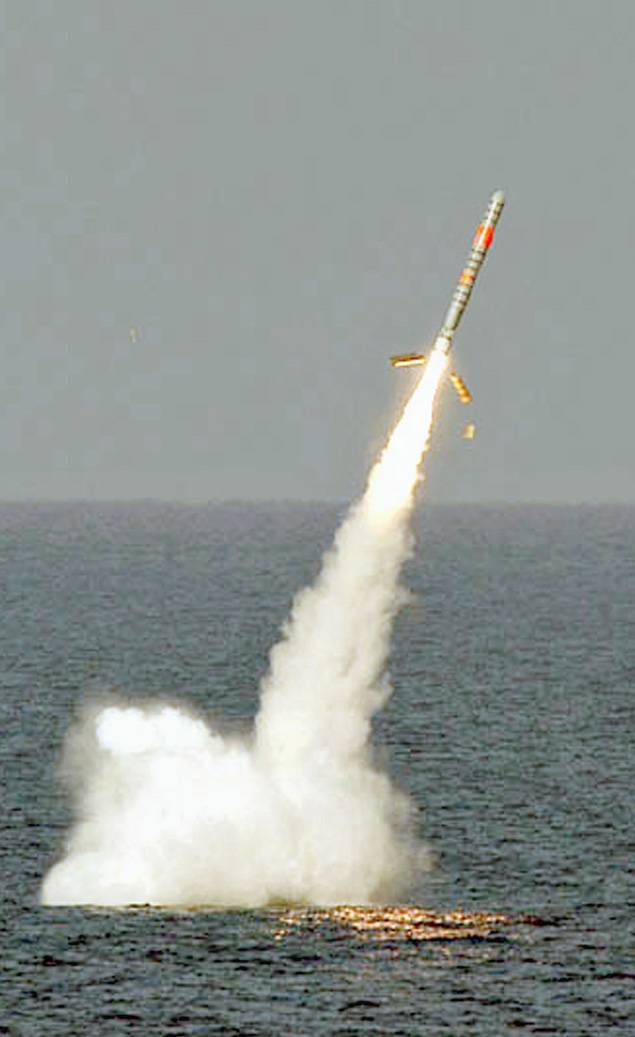
Launch of UGM-109 Tomahawk CR from board the USS Florida SSGN (SSGN 728) submarine
Representatives of the US Navy have repeatedly stated that all UGM-109А КР with thermonuclear warheads are currently decommissioned. However, due to the ability to fly at low altitude, Tomahawk type cruise missiles are very difficult targets even for a modern air defense system, and even being equipped with conventional combat units, they can be used to solve strategic tasks thanks to their high accuracy of hitting.
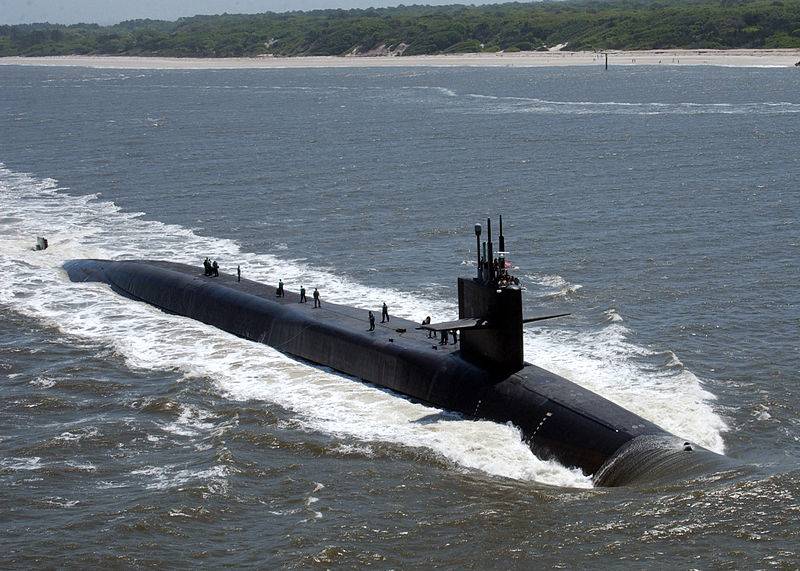
In 2001, during the reign of George W. Bush (junior), boats were distributed according to fleets: eight SSBNs should be in the Pacific Ocean (in Bangor, Wash.), six in the Atlantic (Kings Bay, WG). The infrastructure of each naval base allows serving up to 10 boats. At the same time, out of the fourteen available in the combat structure of SSBNs, two boats are in scheduled overhaul.
Satellite image of Google Airport: Ohio-type SSBNs returning from combat duty on the approach to the Bangor naval base
The naval component of the American nuclear triad is the most efficient part of it, the American boats are at sea 60% of the time in a year (ie, about 220 days per year), so 6-7 American SSBNs are usually on combat patrols. More 3-4 missile boats can go to sea within a day. According to statistics, the US Navy underwater strategic missile-carriers conduct an average of three to four combat services a year. According to data published by 10 years ago, in the 2008 year, the US Navy SSBNs performed 31 combat service with a duration from 60 to 90 days. The record for the duration of combat patrols in 2014 was set by USS Pennsylvania (SSBN 735), which was at sea for 140 days. To ensure such intensive combat use, each strategic missile carrier is equipped with two crews - the “blue” and the “gold”, alternately carrying combat duty.
According to American sources, at the present time, boats for the most part are patrolling off their shores. Combat duty is carried out in areas for which there are accurate hydrological maps. Due to this, the SSBN navigation system, which is on submarine combat patrol, receives all the necessary data from the onboard sonar complex to correct the error in tracking its coordinates.
Satellite image of Google Earth: US submarines parked at the pier of the Guam Naval Base, near supply supply boats
However, approximately 30% of the time spent at sea, the carrier boats of cruise and ballistic missiles are located in remote areas of the world's oceans. During these trips, SSBNs and SSGNs, to replenish stocks of fresh food, small repairs and short-term recreation of crews, visit the naval bases of Guam and Pearl Harbor.
Satellite image of Google Earth: US submarines in the parking lot of the Pearl Harbor naval base
Until recently, Guam’s naval base permanently housed a supply vessel, in the holds of which there was spare ammunition of missiles and torpedoes, as well as fresh water, food and various supplies of consumables. Such vessels were created during the Cold War and could support the combat activity of the submarine fleet not only in ports, but also in the open sea. The missiles are reloaded on board with a crane with a lifting capacity of up to 70 t.
According to the time spent by submarine missile carriers in the sea, the US Navy far exceeds the Russian fleet. Initially, the boats were usually operated with a 100-day cycle - 75 days on patrol and 25 days on base. Our PBXs typically patrol no more than 25% of the time per year (91 day per year).
At the design stage, the service life of Ohio-type boats was calculated for 20 years with one reactor recharge. However, a large margin of safety and considerable modernization potential allowed extending the operational resource to 1990 years by 30. In 1995, a phased modernization program was launched during the two-year overhauls combined with the replacement of nuclear fuel. In the course of the implementation of this program and the survey of submarine-supplied boats, experts concluded that existing SSBNs can operate 42-44 of the year. In this case, the replacement of nuclear fuel should be made once in 20 years.
The high operational resource, in addition to the well-thought-out design of the American “Ohio” type SSBNs, is largely due to the excellent maintenance and operational base and the maintenance and repair process worked out to the last detail. Kings Bay and Bangor have piers with cranes, large covered slipways and dry docks. Given that both US bases are located in areas with a much milder climate than similar Russian facilities in Gadzhiyevo and Vilyuchensk, this causes acute envy among our submariners.
Separately, it should be said about the US naval arsenals of nuclear weapons and missile service points. According to information published in the US media, the program to modernize and extend the life of Trident II D5 missiles to the level of Trident II D5LE is conducted in the territory of the Bangor home base. The first Trident II D5LE rockets were loaded into the SSBN missile mines in February 2017. They should gradually replace all existing “Trident - 2” on American and British boats.
Satellite image of Google Earth: a rocket arsenal and a nuclear weapons storage point at the Bangor home base
In the past, the location of the SSBN Bangor was an independent naval base. In the 2004 year, in order to “optimize” by merging the Bremerton naval base and the Bangor submarine base, located on the western and eastern shores of the peninsula, the Kitsap base was formed. Part of the Kitsap naval base, known as the Bangor Trident Base, is the largest active arsenal of US strategic missiles. It is here that diagnostics, maintenance, repairs and upgrades are carried out after unloading UGM-133A Trident II missiles from SSBNs. In addition to microclimate hangars, where dismantling is performed during routine maintenance, repair and modernization, in this part of the base there is about 1200 reinforced bunkers and separate underground storages with missiles and thermonuclear warheads in the area of approximately 500X70 meters. A permanent exchange fund of missiles and warheads is formed in the storages, which, if necessary, can be quickly installed on boats preparing to enter combat patrols.
Satellite image of Google Earth: a rocket arsenal and a nuclear weapons storage facility on the territory of the Kings Bay naval base
A similar object is also available at the Kings Bay home base, on the US Atlantic coast. However, in contrast to the Bangor Trident Base facility, the Trident - 2 retrofit is not carried out here, but only current maintenance and minor repairs are carried out. The missile arsenal is also available in the vicinity of the Pearl Harbor naval base, but it seems to be used on a much smaller scale and only as an emergency replacement point for missiles.
Satellite image of Google Earth: American nuclear submarine moored near the torpedo-missile arsenal at Pearl Harbor
According to published plans, the withdrawal of the first Ohio-type boat from service is scheduled for 2027 year, the last boat of this type should be decommissioned in 2040 year. The Ohio type submarines will be replaced by the Columbia type SSBNs.
The design of a promising SSBN, also known as SSBN (X), in collaboration with the Newport News Shipbuilding shipyard, is being implemented by Electric Boat Corporation (all Ohio-type 18 boats were built with the participation of Electric Boat). A total of 12 boats are planned for construction, the construction of the main SSBN should begin in the 2021 year. Although the underwater displacement of a Columbia-type boat will be approximately 1500 tons larger than that of the Ohio SSBNs, the new missile carrier will only carry 16 mines with Trident-II D5LE submarine-launched ballistic missiles, in the future it will be replaced by Trident E-6.
The longest boat length is 171 m, the hull width is 13,1 m — that is, in size, the projected missile submarine is close to Ohio-type boats. It can be assumed that the increase in submarine displacement is due to the fact that during the entire life cycle of the SSBN of the “Columbia” type there is no provision for recharging the reactor. In this case, the boat must serve at least 40 years. It is believed that a larger volume inside a robust case should provide the necessary modernization stock during the entire service life.
The design of the SSBN type "Columbia" is supposed to apply a number of advanced technical innovations:
- X-shaped feed handlebars
- underwater scooters installed in the superstructure
- All-mode rowing motor instead of turbo-gear units and economical stroke motors
- equipment designed for Virginia-type submarines, including water-jet propulsion, sound-absorbing coatings and a wide-aperture nasal HAS
- A combat command and control system in which communications will be combined: sonar, optical surveillance, weapons and defense systems.
At the Maritime, Air and Space Exhibition, held in 2015, a model SSBN of the Columbia type with a water-jet propulsion unit, visually similar to the Virginia-type propulsion boat, was presented. According to information published by the company-developer of the missile compartment of General Dynamics Electric Boat, this part of the boat will also be used on the British promising SSBN of the Dreadnought type (being developed to replace the Vanguard type boats). Water jet propulsion, the abandonment of turbo-gear units and the use of new multi-layer sound-proof materials should increase the secrecy of the boat in an economical mode on combat patrols.
At the same time, critics of the Columbia SSBN program point to its extremely high cost. Thus, more than $ 5 billion was allocated for design work and the creation of the necessary technologies. The cost of building the first boat in 2018 prices of the year is estimated at about $ 9 billion, excluding the costs of armament, personnel training and arrangement of basing sites. The cost of maintaining the life cycle of 12 boats is estimated at $ 500 billion. Completion of the construction of the first SSBN Columbia is scheduled for the 2030 year, and entering the fleet in the 2031 year. The construction of a series of 12 boats should be completed by the 2042 year, their service is scheduled before the 2084 year.
Based on:
https://2009-2017.state.gov/t/avc/rls/2016/266384.htm
https://www.tandfonline.com/doi/full/10.1080/00963402.2018.1438219
http://bastion-karpenko.ru/ohio-ssbn-726/
https://www.globalsecurity.org/wmd/systems/ssbn-x.htm
Articles from this series:
The nuclear baton of the US Navy (part 1)
The nuclear baton of the US Navy (part 2)
The nuclear baton of the US Navy (part 3)
The nuclear baton of the US Navy (part 4)
The nuclear baton of the US Navy (part 5)
The nuclear baton of the US Navy (part 6)
The nuclear baton of the US Navy (part 7)
The nuclear baton of the US Navy (part 8)
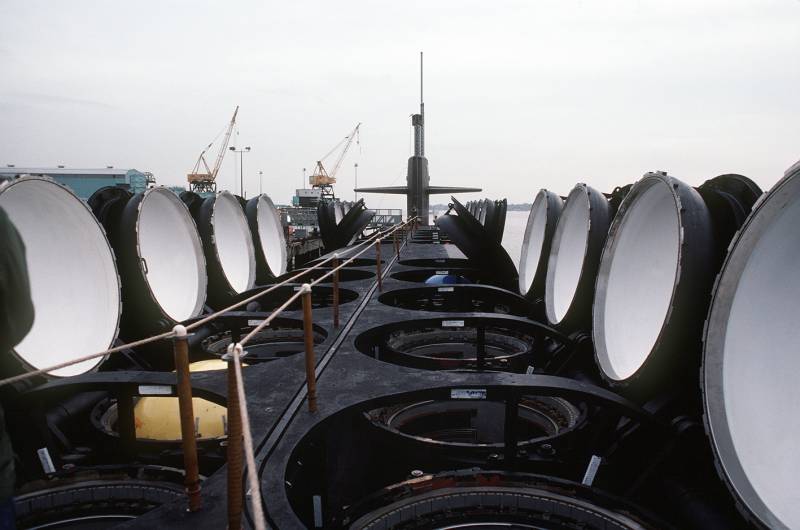
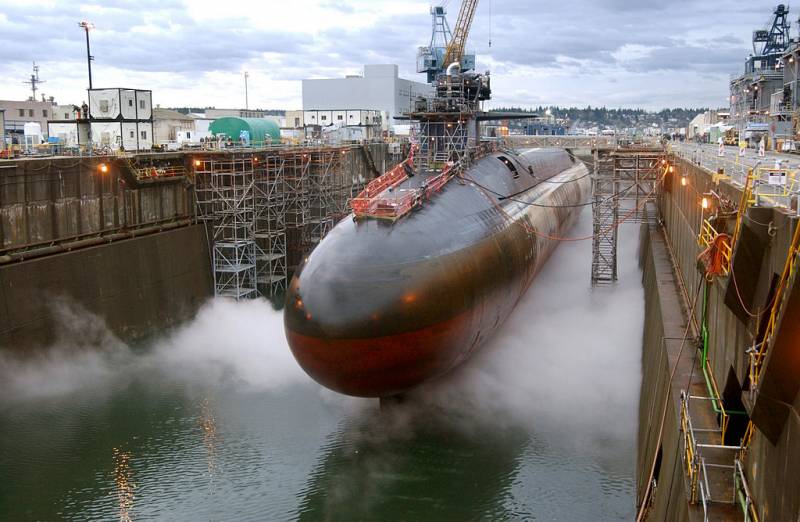
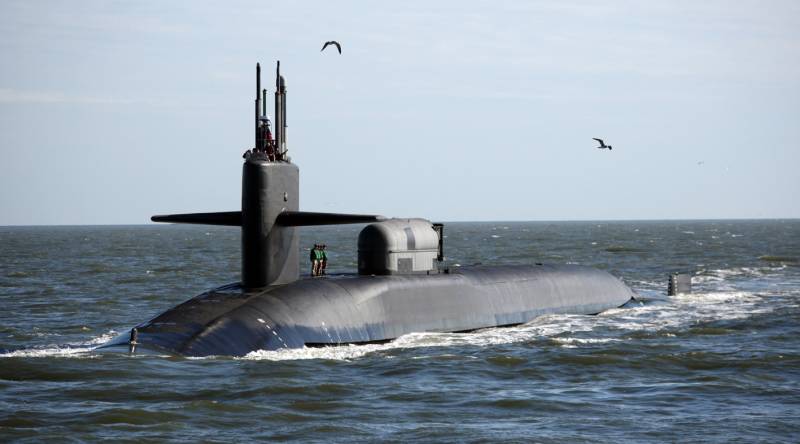
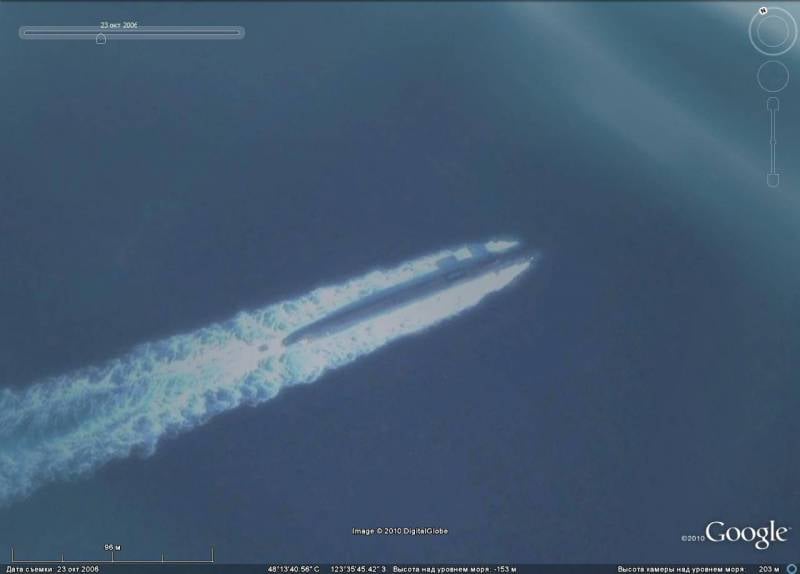
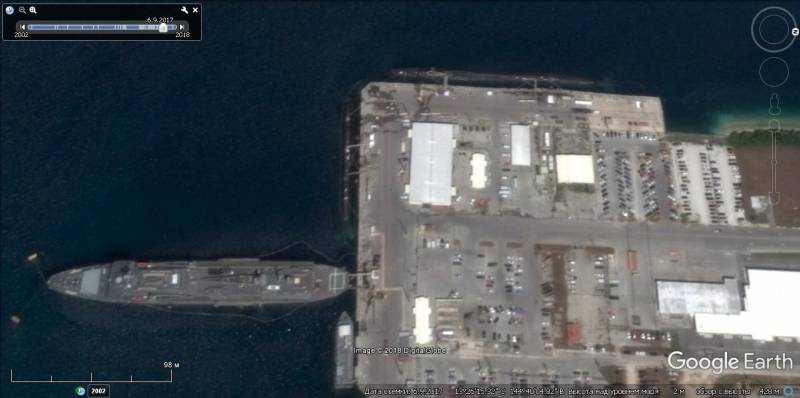
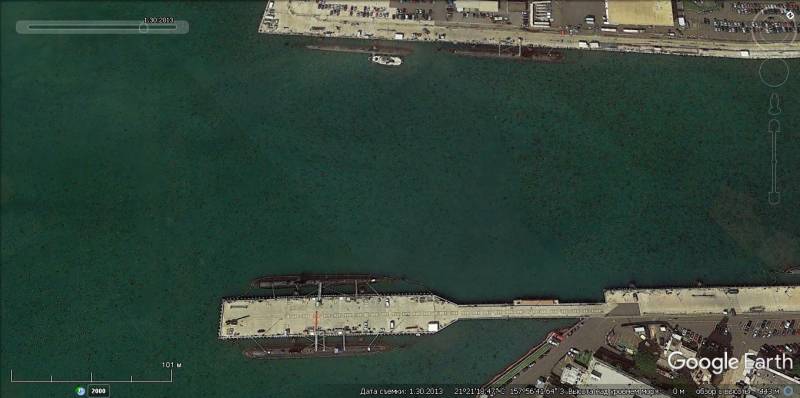
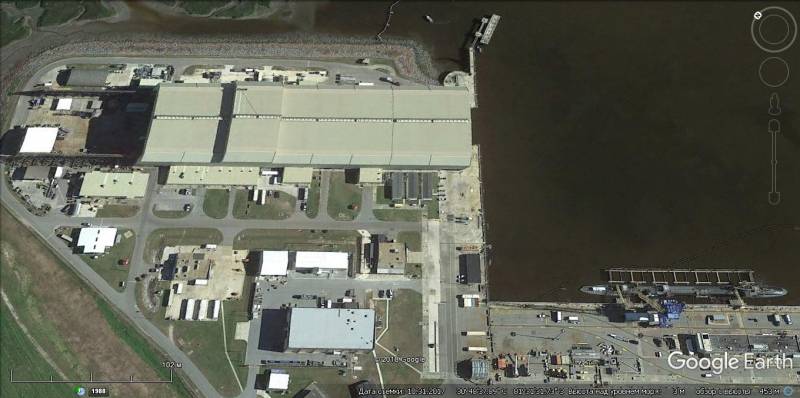
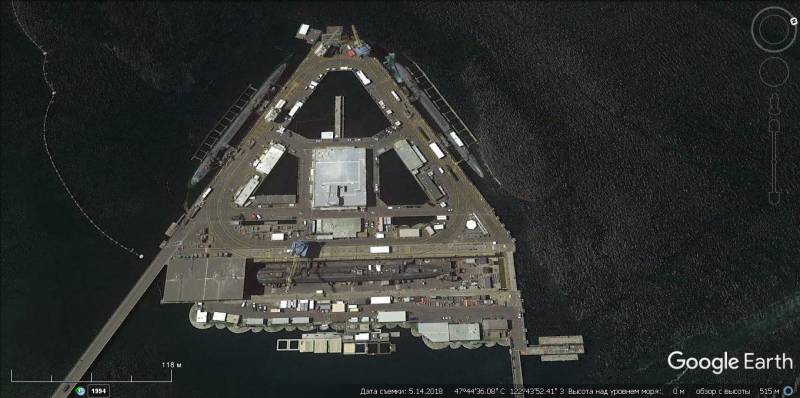
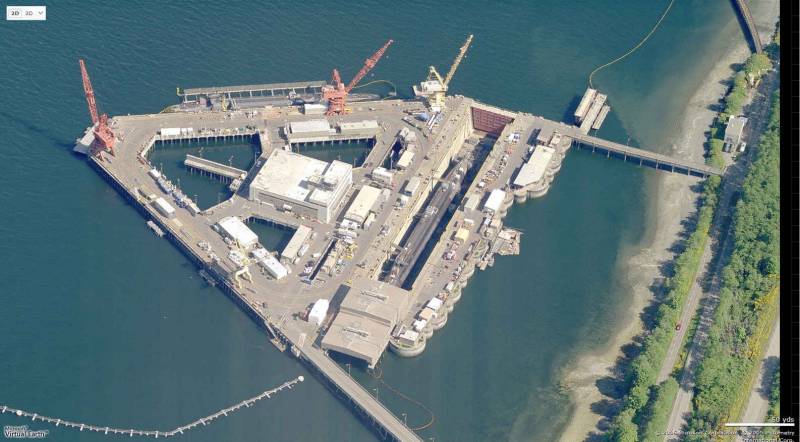
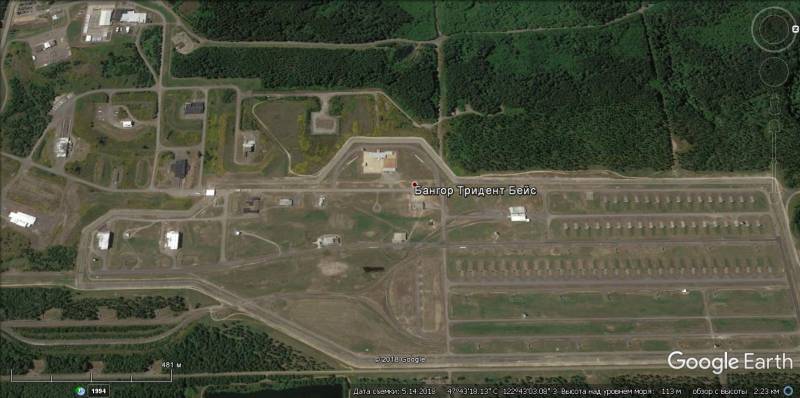
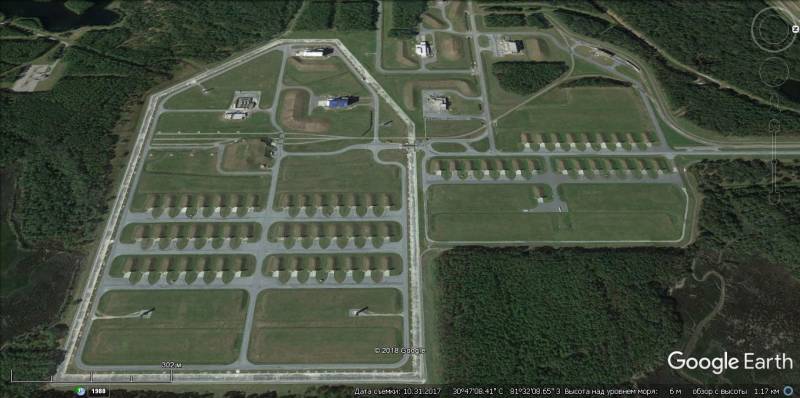
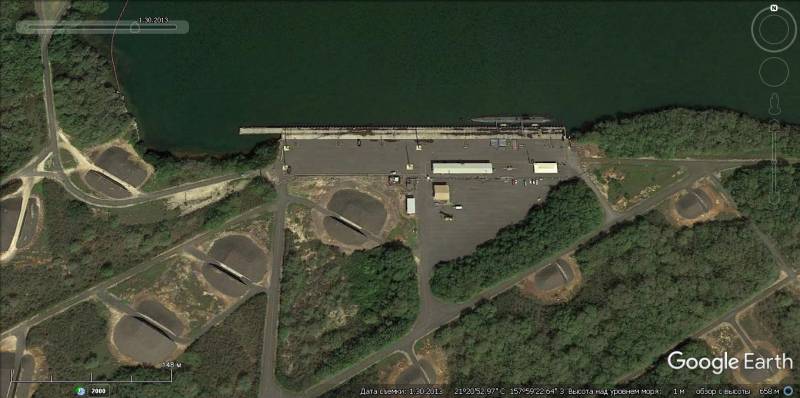


Information